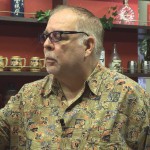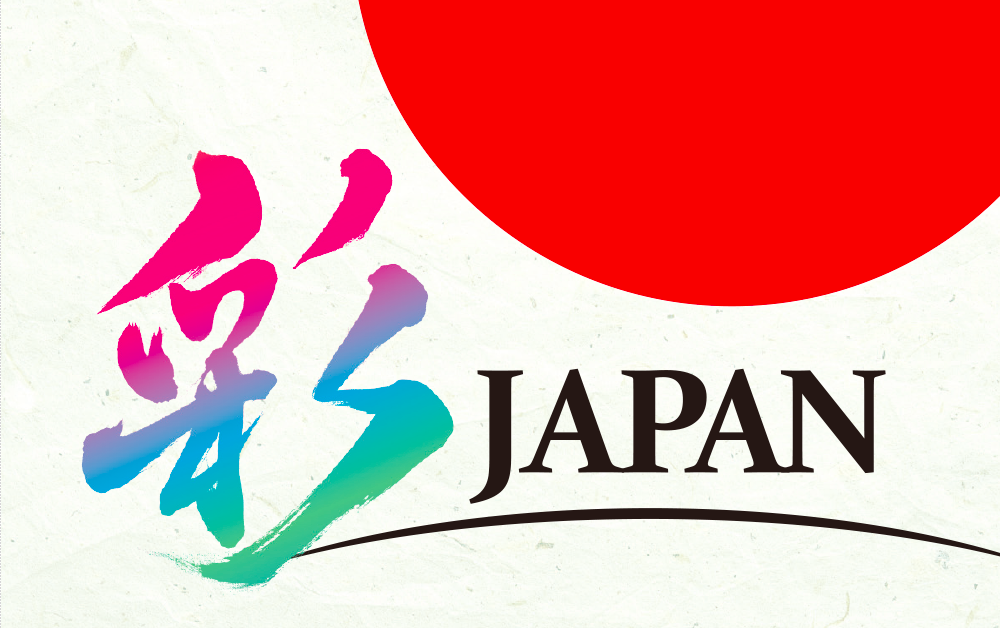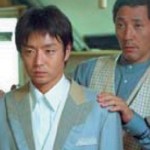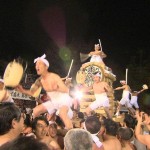TRAVEL

The Traditional Uses of "Red" (Kyoto)
TRAVEL
2021
25 minutes Episode(s): 1
english
English


[Colors in Japan]
Click here to preview this episode!
Part of the "Colors in Japan" series!
“Kyobenirouge”, made from selected safflowers, has been a traditional craft and widely used throughout Kyoto City since ancient times. It is known for being very pleasing to the eye.
Click here to preview this episode!
Part of the "Colors in Japan" series!
Customers who watch this video also watch
-
The Second Bridge of Shinminato Uchikawa- Imizu, Toyama Prefecture
2019 30 minutes[Beauty of Japan Season 2] Stephen, originally from Hawaii, was entranced by the charms of Uchikawa and moved there from Tokyo to open his bar, the "BRDIGE・BAR". We follow Stephen's story as he attempts to become the second bridge that connects the Uchikawa community to the rest of the world!...more details -
Colors in Japan
2021 25 minJapan's landscape overflows with various colors from its four seasons. This array of rich "coloring" is presented in vivid 4K through the stories of traditional arts and crafts that symbolize the regions across the country from which they were born. Episode List (click title to preview): 1. Paint It Black!...more details -
Finding Dad
 Award of Excellence at the Media Arts Festival. Jiro, a chef, is engaged to Satoko, a kindergarten teacher. Jiro has not seen his father for 11 years, since his parents got a divorce. Jiro decides to send a wedding invitation to his father, but when his mother finds out, she...more details
Award of Excellence at the Media Arts Festival. Jiro, a chef, is engaged to Satoko, a kindergarten teacher. Jiro has not seen his father for 11 years, since his parents got a divorce. Jiro decides to send a wedding invitation to his father, but when his mother finds out, she...more details -
Traditional Festivals of Japan
2009 55 minsShrines and temples like Ise Jingu Shrine with a history of 2000 years are carefully preserved all over Japan. Traditional cultural festivals are held all over the country that take place in these very special shrines and temples. Five of these famous festivals have been captured on camera and each...more details



